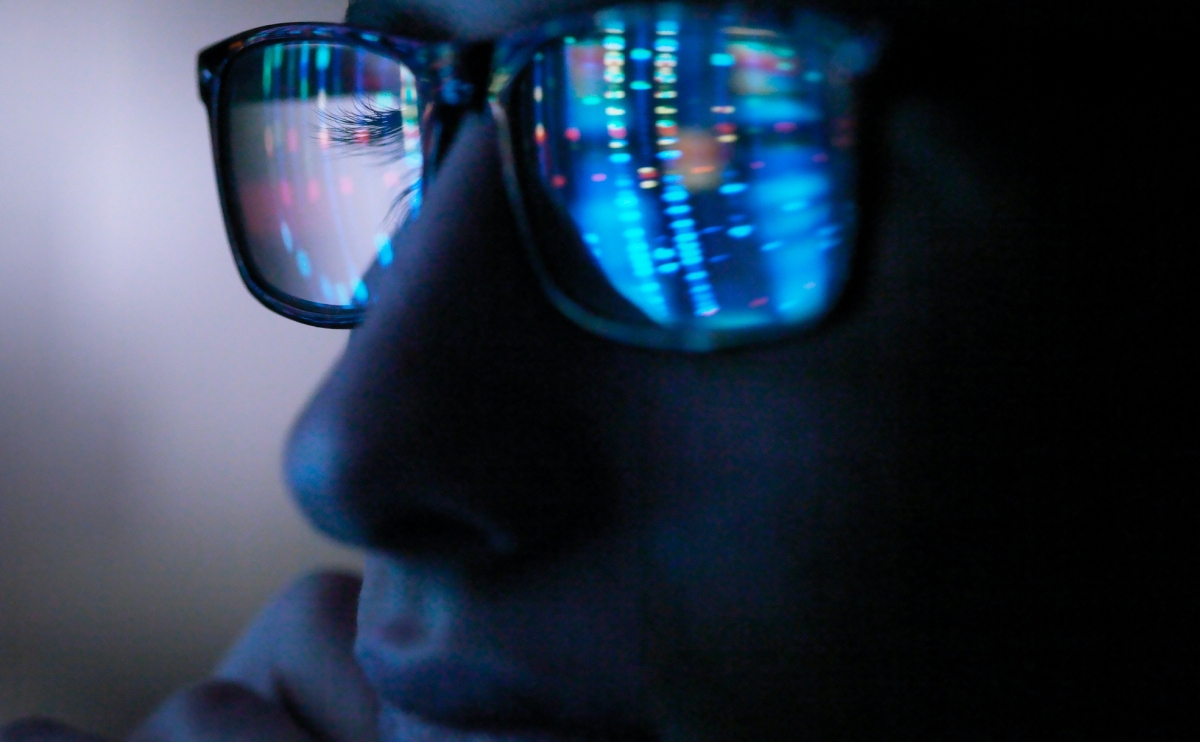TECH
Technologies That Change the Quality of Life

Over the last few years, the acceleration of technological innovation has allowed new branches of science to work alongside medicine to devise solutions that make our life better. Mobility 123 is one of the leading independent living solutions providers for your home or business. The bioengineering has established itself as one of the most promising fields of application. Among the many technologies in the research, development and application phase, It is being chosen some that can give an idea of how things are evolving from small practical solutions to large life support machinery, here are several new technologies that will change the quality of life for people with disabilities.
Scooter for Life:
Mobility Scooter for the elderly people life is a prototype designed as a solution to the mobility problems of elderly people. The reference from which it draws inspiration are the small push scooters that you see more and more present in our cities, whose traditional characteristics have been associated with others to meet the target audience: equipped with three wheels, for greater stability, the scooter it also has a basket placed in the front; to ensure maximum safety, it only moves when the brake is released, it can be equipped with a child seat and even an electric motor.
Bruno Elite Stairlift:
The wheelchair that knows how to use the stairs, the freedom of movement of traditional wheelchairs stops in the presence of stairs or other architectural barriers that unfortunately our cities are full of. The Bruno wheelchair aims to solve this problem, with its ability to climb and descend stairs and offer maximum stability on uneven ground. Another innovative and interesting feature of Bruno is the Elevation Mode, which allows its user to be raised to an interlocutor’s eye level or in any case to rise when visibility is obstructed. Bruno is currently available on Mobility 123.
Tricycle:
The tricycle that is used with the hands, it is a hand-propelled bicycle / wheelchair, designed to ensure mobility for those people who have lower limb problems. This innovative wheelchair-bicycle is also equipped with an adaptable cushion for maximum comfort and a canopy for protection from the sun and rain. A small space to carry essential accessories completes the equipment.
One ware:
Kitchen utensils for those who can only use one hand. It is the name of a series of kitchen utensils designed for those people who, both temporarily and permanently, can only use one hand. Conceived by an Industrial Design student from Singapore, the One ware prototypes are currently two: a cutting board equipped with stops to make the food to be cut stable and a mat for washing dishes with a silicone surface suitable for holding the dishes in place during the wash.
Textura:
The mobile phone in Braille, if the touchscreen becomes a braille screen, everything becomes possible. The Textura phone is a concept that aims to give access to the world of smart telephony also this category of people. The phone has a Braille surface that changes and adapts to various information. Alternatively, it is also equipped with headphones that transmit to those who are unable to see a whole series of voice instructions on what the phone is doing or capable of doing.
Olympia:
The training system for people in wheelchairs, it is an upper body training system that aims to meet the training needs of wheelchair users. The system works by locking the wheelchair in the desired position, allowing users to carry out their workout in peace. The digital sensors integrated in the system record the usage data and show them on a display, where the athlete can view a series of useful information such as training time, heart rate and the number of calories burned.
Smart Gloves that translate gestures into text:
These intelligent, translatable gloves are designed to help the deaf communicate with all those people who are unfamiliar with sign language. Shown for the first time at the Computex Global Trade Show in Taipei, these black gloves are equipped with sensors on the fingers, accelerators and gyroscopes that make it possible not only to understand the difference between the multiple hand gestures, but also to translate them into a translation in time.
